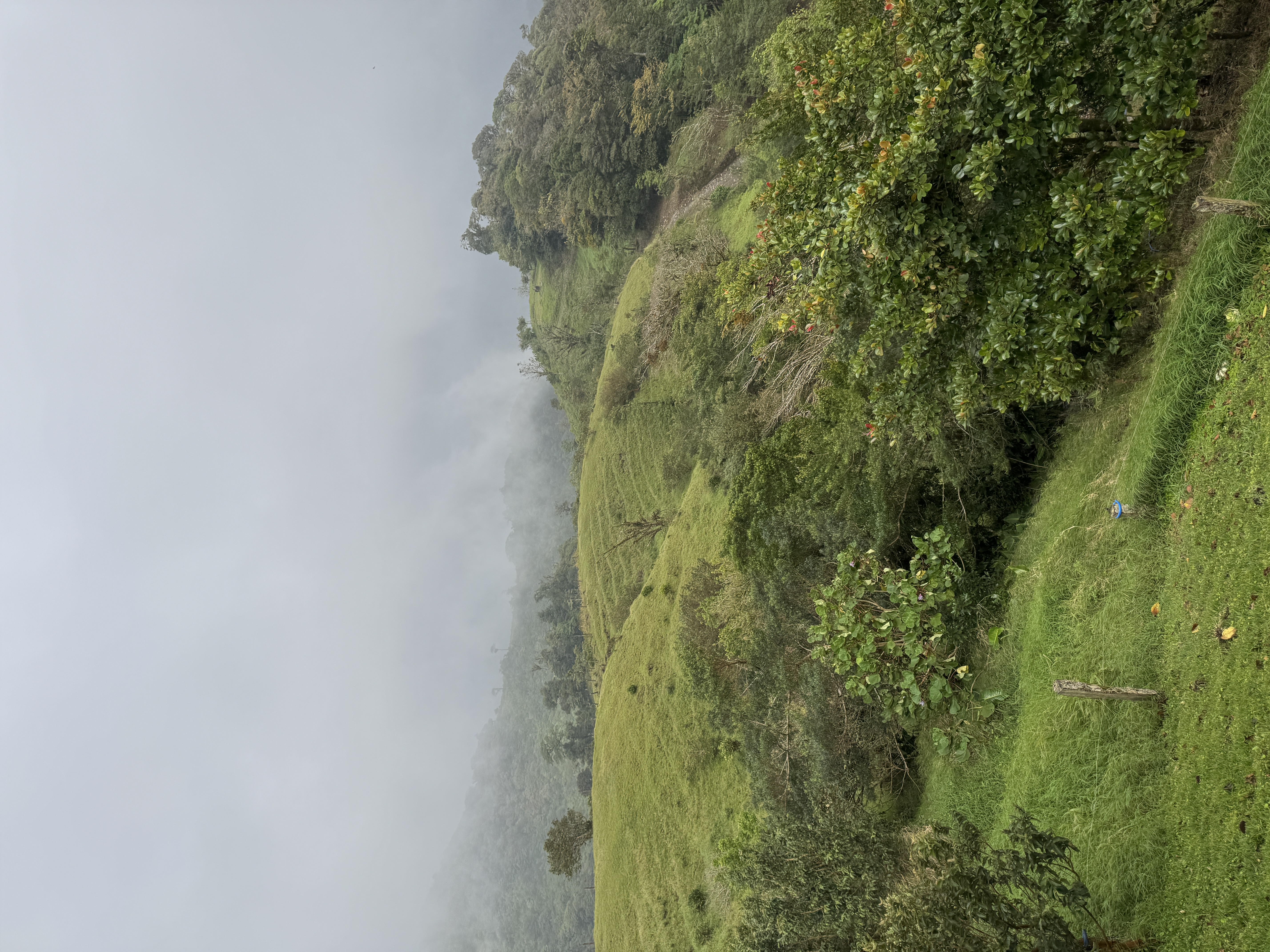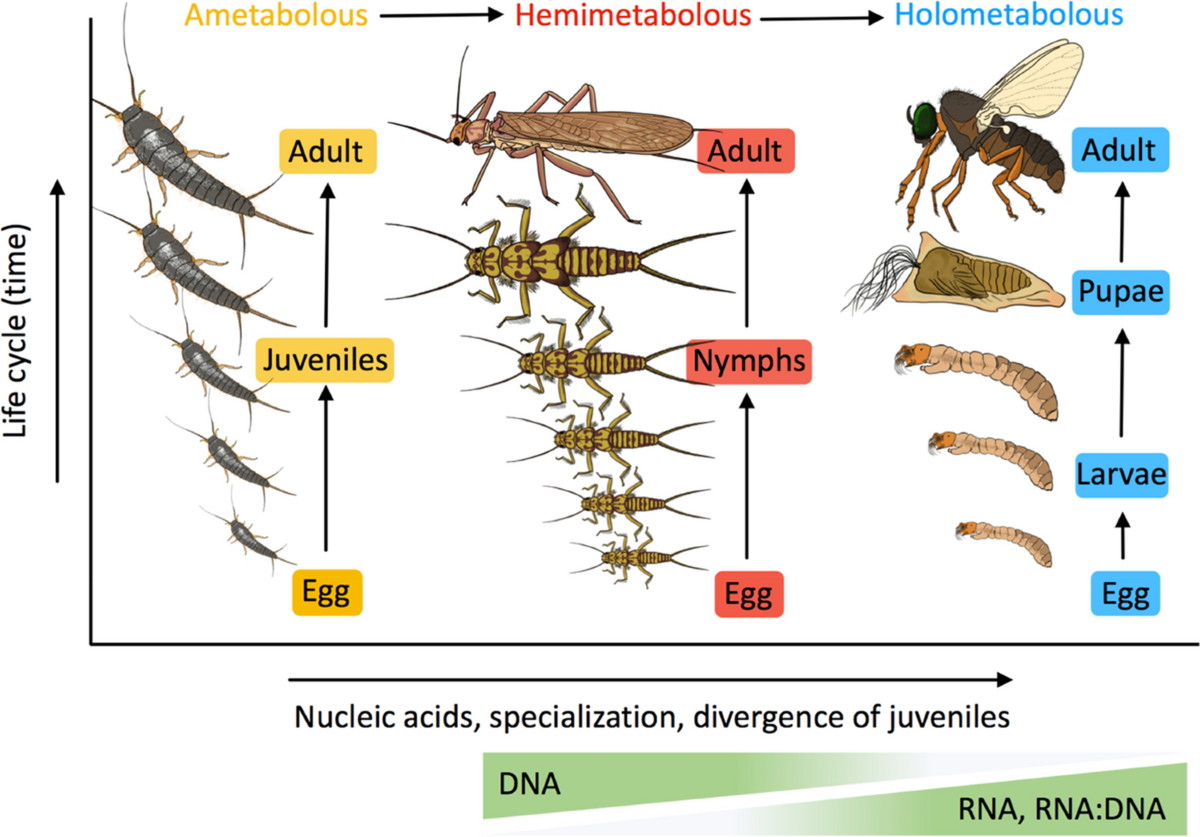Monteverde, CR
I was in Monteverde, Costa Rica from December 14th to the 22nd. This opportunity was fully funded by my school, Arizona State University. Monteverde is incredibly beautiful. These are two of my favorite pictures taken there.
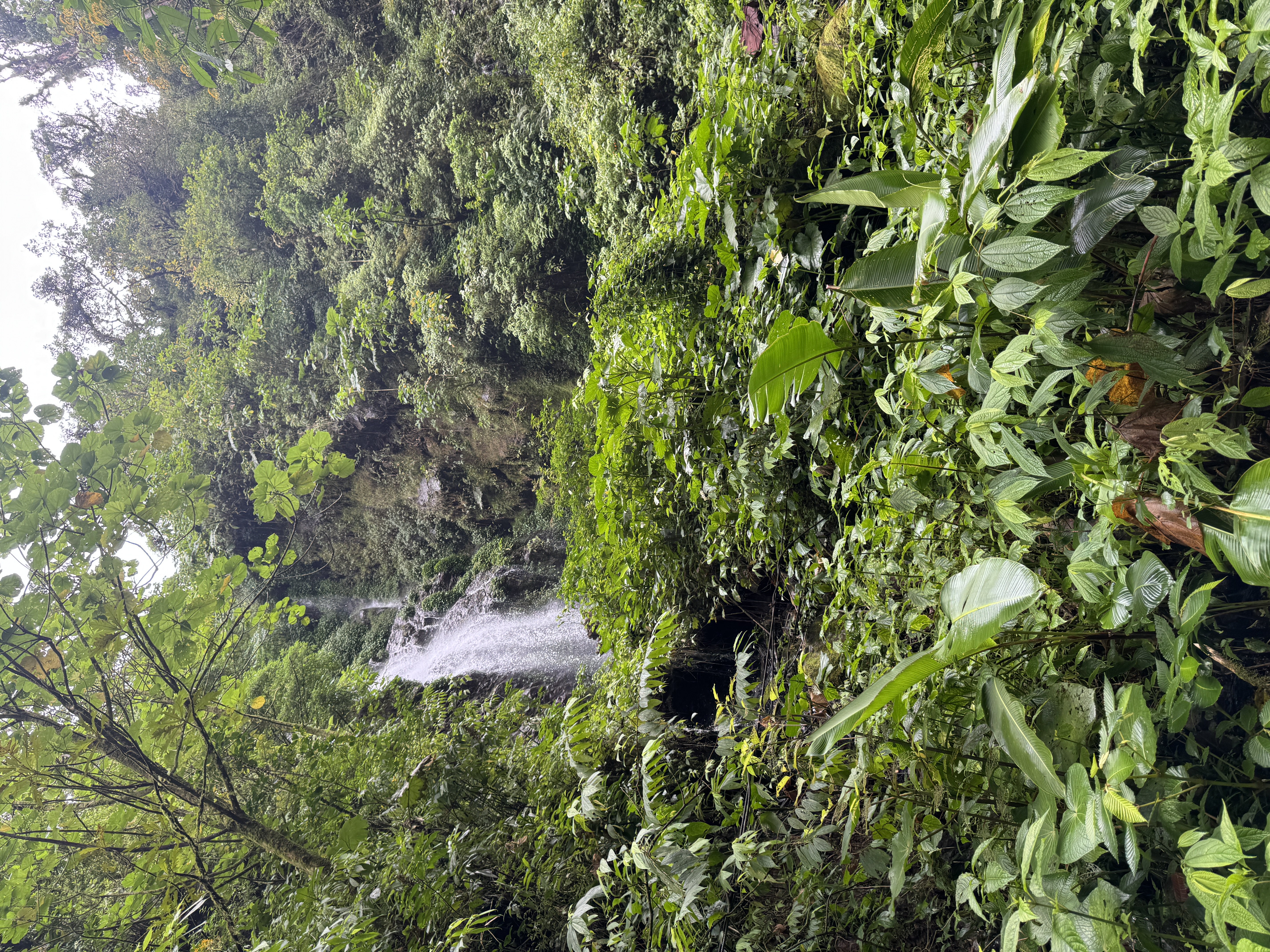
I brought sampling equipment with me in case I found anything I wanted to look at. I ended up sampling some moss I found by the side of a road. I found a ciliate in the sample, but I unfortunately did not get the chance to take a picture. Another sample did not have any microbes, and I was on a time crunch, so I did not have time to grab any more samples. It surely was a learning experience! I now know where to look for samples.
On December 20th, we participated in an activity about macroinvertebrates. This activity was led by Miguel Chaves and Geovanna Rojas of CIEE. We learned about bioindicators and the Biological Monitoring Working Party (BMWP) index. Chaves and Rojas defined bioindicators by stating that they assess the environmental quality and how it changes over time using the biotic responses of the organisms. We can see this through organic and inorganic contamination, environmental alterations and changes, and recovery processes. According to a paper by Herbert Aubrey Hawkes, a leader in field ecology, the BMWP first met in March 1976 (Hawkes). Chaves and Rojas also stated that the BMWP system grades each organism according to tolerance. Below is an example of a BMWP index.
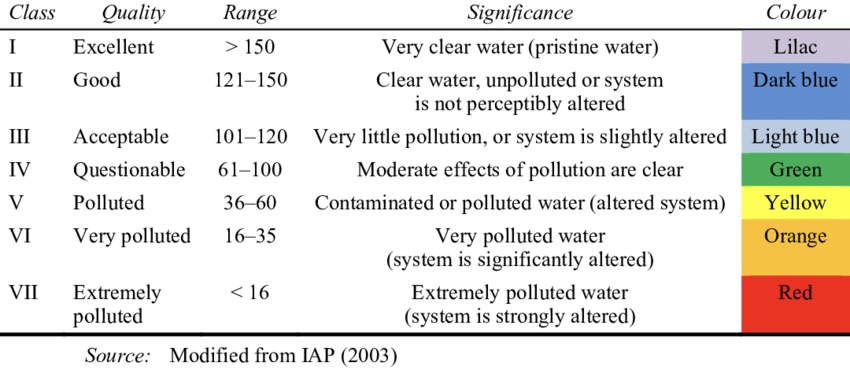
We discussed chemical analysis as well as its advantages. Some advantages of chemical analysis are its lower cost and indication of multiple stressors. We went over methods of collection. When we collected macroinvertebrates, we moved substrate and held D-nets and sieves against the current of the stream. Here is a video of the macroinvertebrates we captured and released! (Click on the image)
There are many macroinvertebrates commonly found in the streams of Monteverde. We learned about the orders, Odonata (damselflies and dragonflies), Hemiptera (water striders, creeping waterbugs, water boatmen), Trichoptera, Diptera, Coleoptera, and many more. We also learned about ametabolous, hemimetabolous, and holometabolous metamorphosis. Below is an image of the three types.
(Villar-Argaiz, López-Rodríguez, Tierno de Figueroa)
This activity was really fun! The macroinvertebrates we captured were released back into the stream, but we had the chance to view many specimens under a dissecting scope and identify them with a guide. Here are a few of my favorite pictures from the activity.
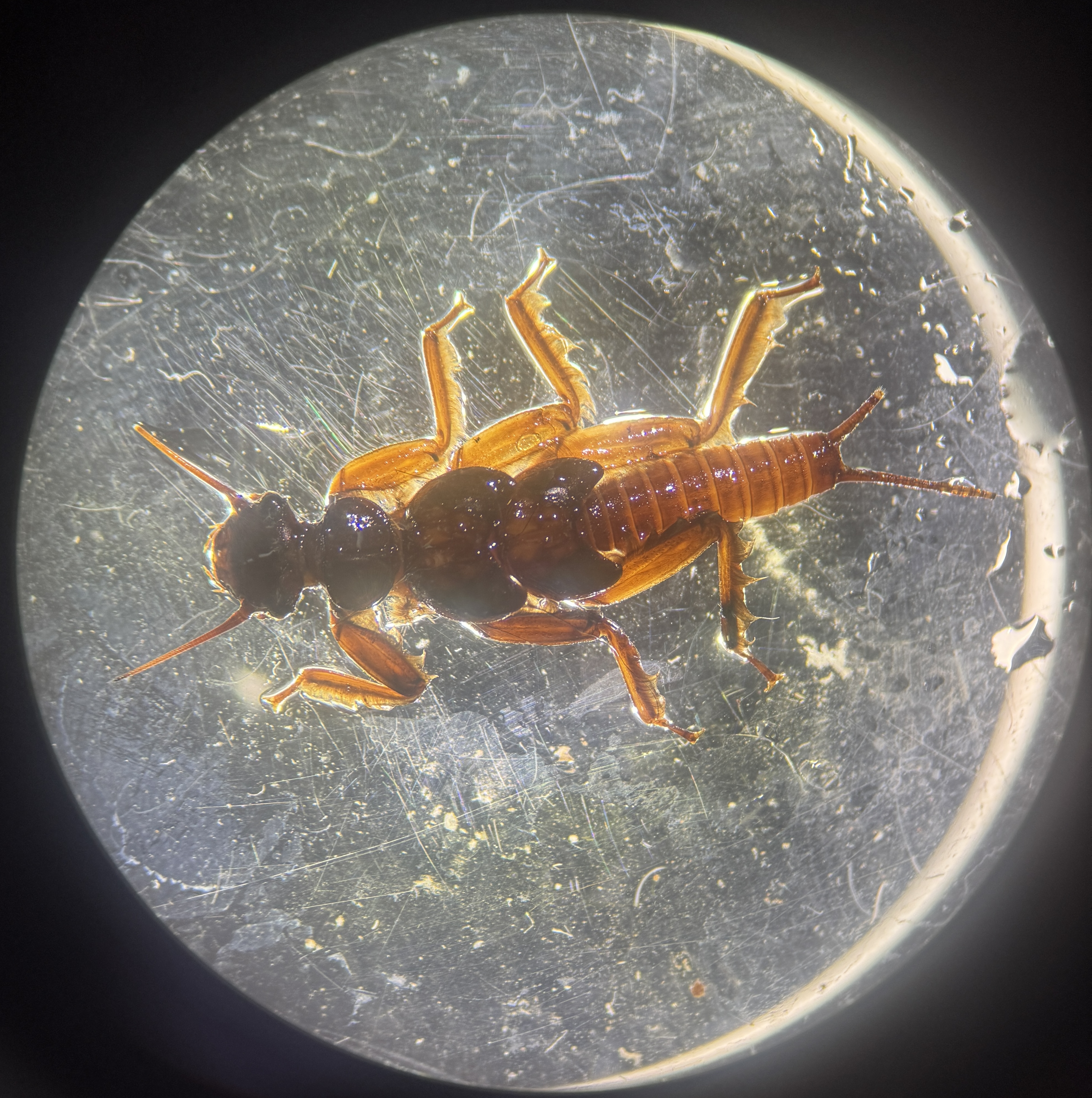
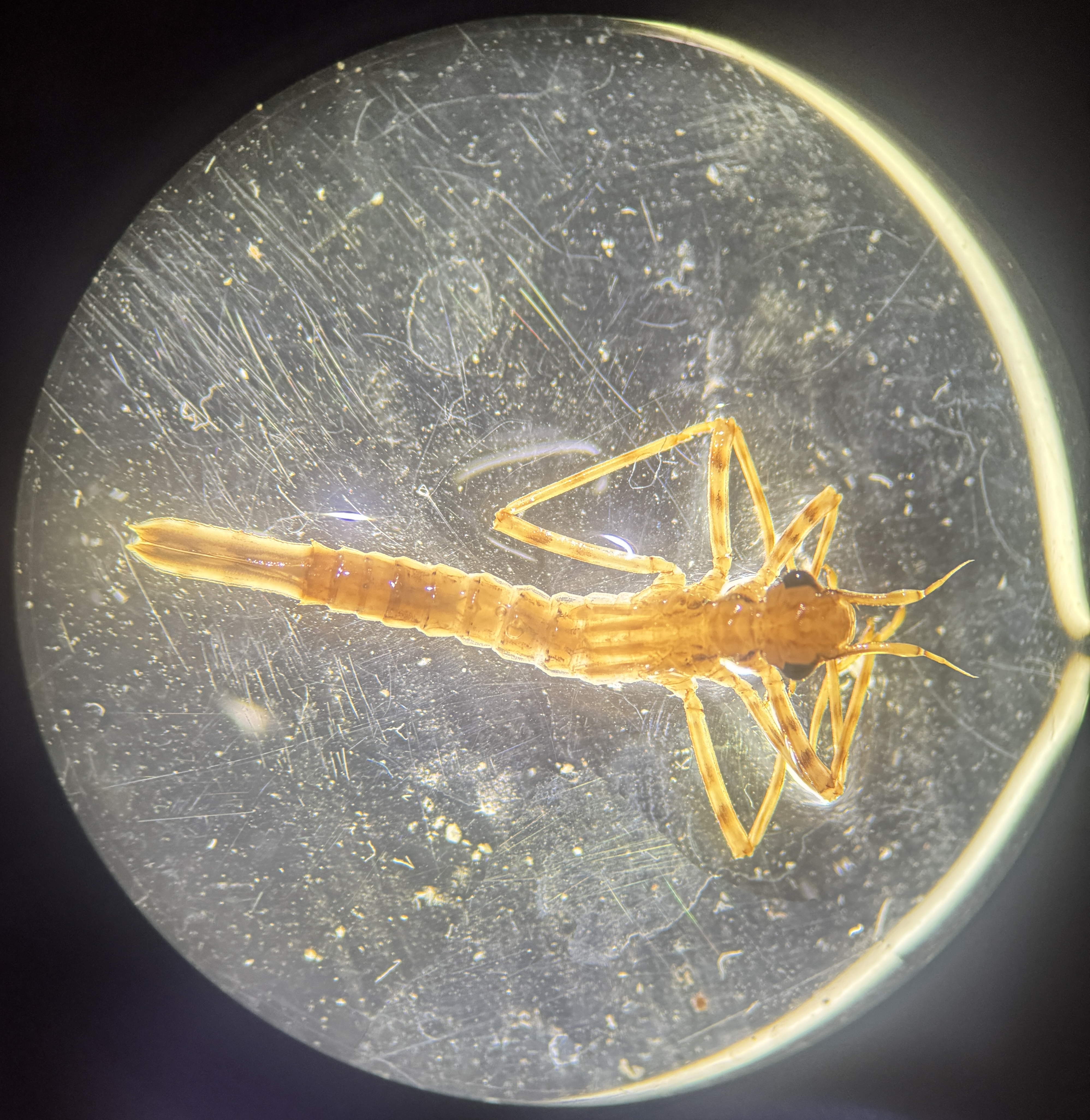

Visiting Costa Rica was an incredible experience, and I am so grateful to have had this wonderful opportunity. Thank you to ASU and CIEE for making this happen!
References:
www.sciencedirect.com/science/article/abs/pii/S0043135497002753/
www.researchgate.net/publication/335762046_HA_Hawkes-A_pioneer_of_field_ecology/
www.nature.com/articles/s41598-021-89736-w/
